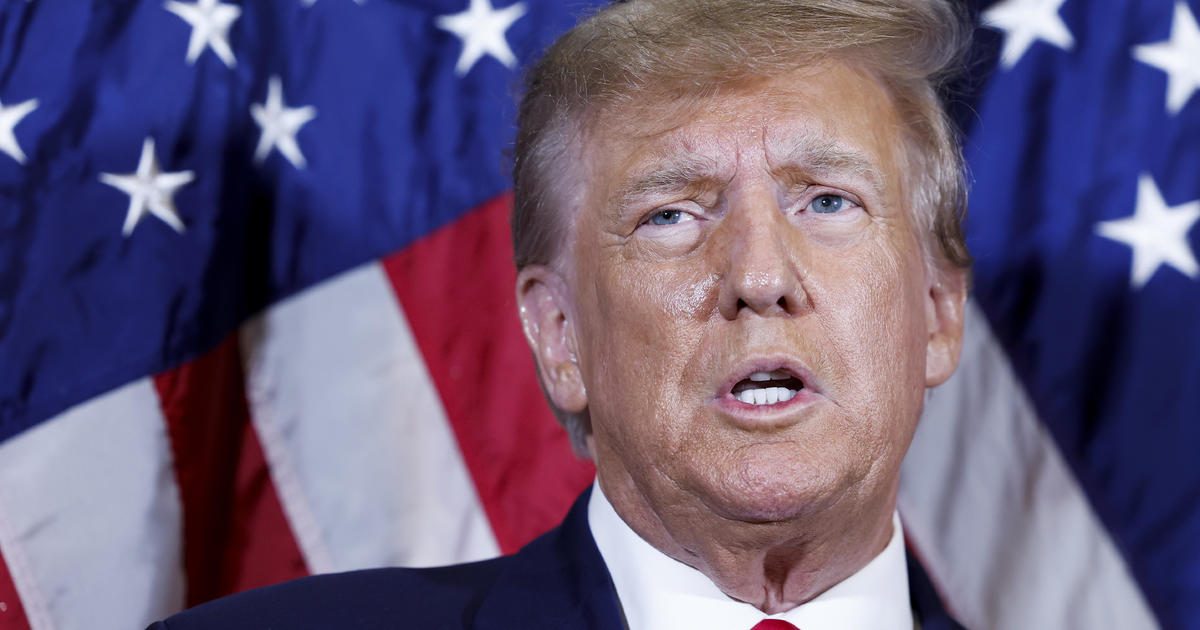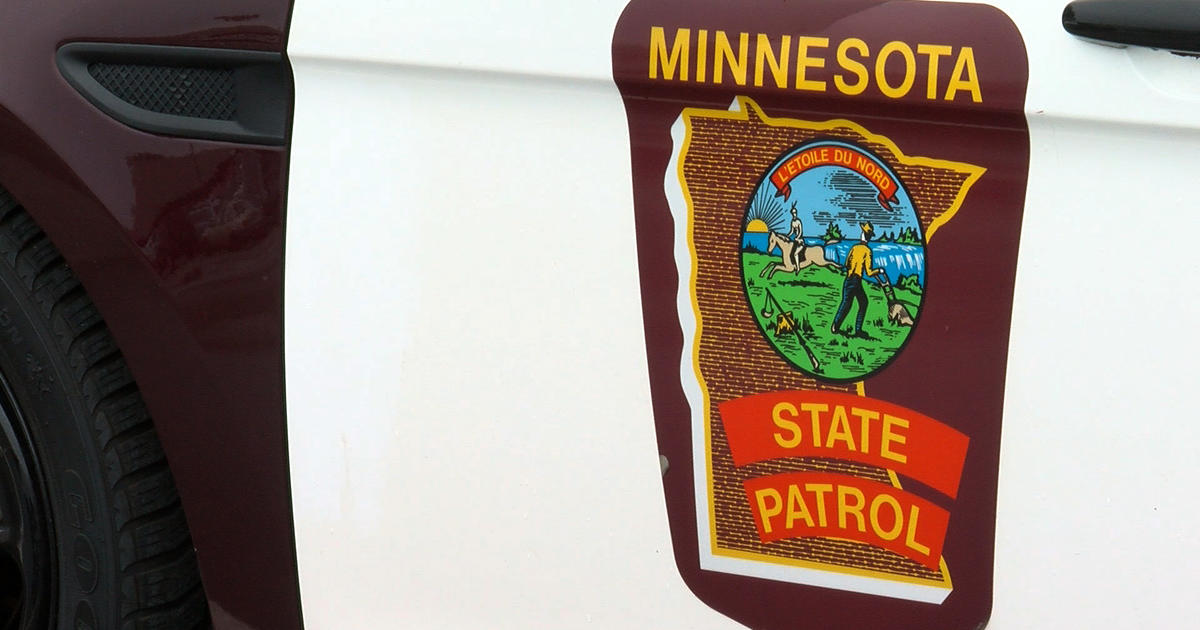I-35W bridge collapse 15 years later: How much safer are Minnesota's bridges?
MINNEAPOLIS (WCCO) -- The first line of the state investigative report into the I-35W bridge collapse that killed 13 and injured 145 more 15 years ago on Monday reads like this: "Lives were shattered by the collapse of the I-35W Bridge. So, too, was confidence in the safety of Minnesota's bridges."
Can Minnesotans feel confident today?
"Yes, absolutely," said Ed Lutgen, the state bridge engineer at the Minnesota Department of Transportation. "That's our job number one."
A bipartisan special committee at the legislature convened following the tragedy and it contracted with a firm for an investigation whose findings put MnDOT under heavy scrutiny.
Lutgen, who was an engineer working to determine what contributed to the collapse in the immediate months that followed, said the state agency has changed the way it inspects the state's 20,000 bridges.
It increased resources, improved training, and enhanced quality control, he said. Bridges are inspected every two years and bridges in poor condition get an assessment every year. The state also uses drones and other technology to enhance inspections.
"These last 15 years we've improved tremendously in our bridge inspection program," he said.
The Minnesota Legislature raised the gas tax in 2008 to boost transportation funding, the first increase like it in 20 years. In that transportation package, lawmakers authorized a 10-year bridge improvement program, which directed MnDOT to prioritize deteriorating bridges based on each bridge's condition and usability.
One-hundred-and-seventy-two were targeted and all were repaired or replaced by the time the program sunset in 2018.
Lutgen said the state has cut down on the number of "fracture-critical" bridges by two-thirds since 2007.
The National Transportation Safety Board in its own investigation after the collapse determined a design flaw was to blame and not the "structurally deficient" rating for its condition at the time, but the tragedy put a spotlight on the country's ailing infrastructure.
Still, the American Society of Civil Engineers gave Minnesota a C for bridges in its infrastructure report card this year. Eight-hundred-and-seventy-four bridges were identified as in poor condition, which is down from the last in the 2018 report.
The analysis also found the amount of bridges dropping from "good" to "fair" condition is increasing.
Lutgen described this as a "bubble," or bridges built in the 1960s that are near the end of service their life and will need to be rehabilitated or replaced in the coming years. MnDOT tries to anticipate needs five, 10 and 20 years out, he said.
"That bubble is coming and we need to use all the tools in the tool box to manage that," Lutgen said.
Minnesota is set to get billions from the federal infrastructure law, including $300 million in new money for bridges alone. Experts welcome this investment, but say it falls short of needs in future years.
"It's not a huge amount of money that's magically going to be able to replace everything, but every little bit helps," Katie Zadrozny, who chairs the committee at the American Society of Civil Engineers that determines the infrastructure grade, said in an interview last month.





